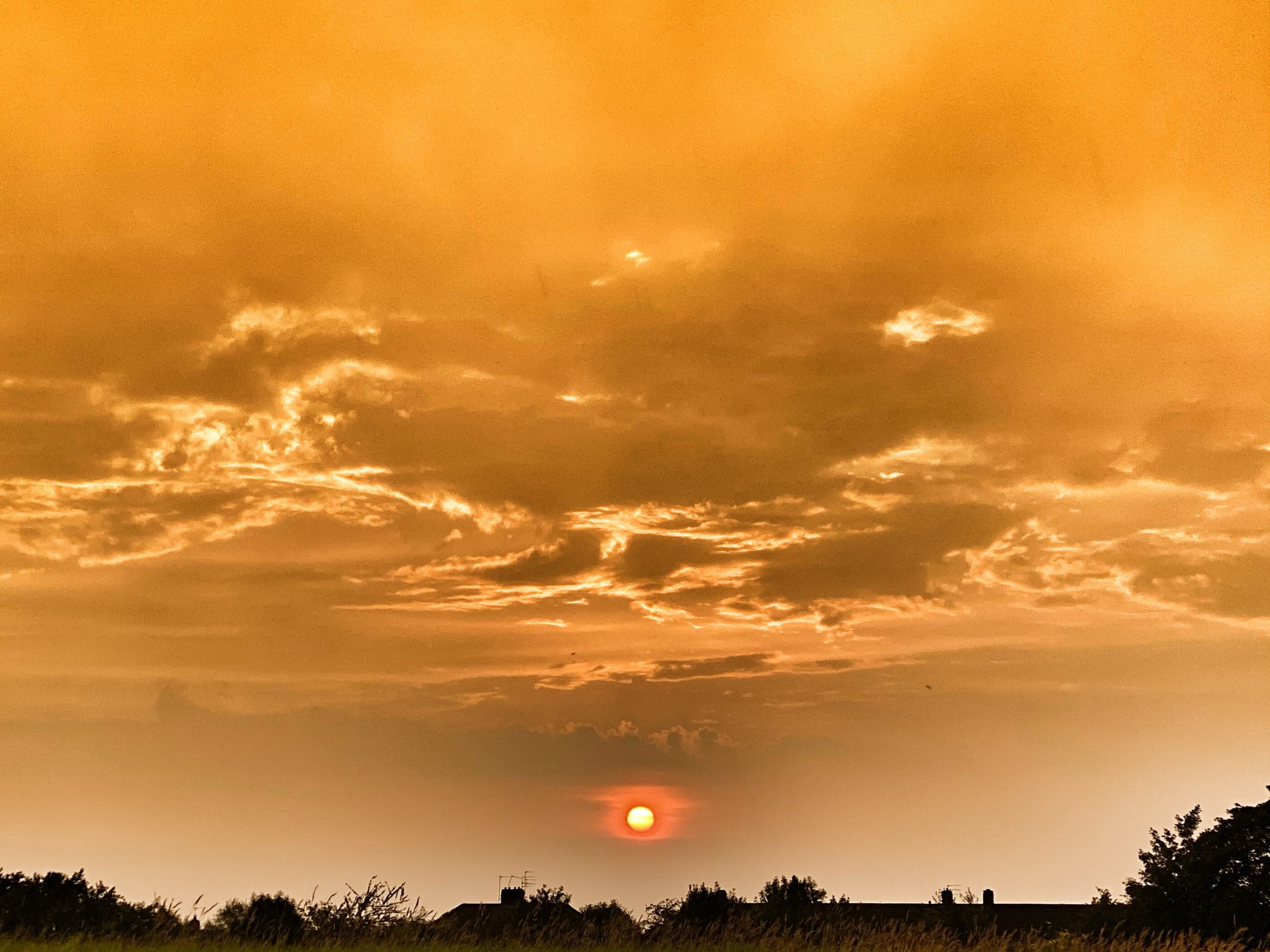Thunder storm over Eastham, Wirral this evening, not the right weather for flying a drone but I did get these photos on my iPhone while out walking the Dog.




Thunder storm over Eastham, Wirral this evening, not the right weather for flying a drone but I did get these photos on my iPhone while out walking the Dog.




I had a quick visit down to Eastham Ferry the other day to do a little flying. The original plan was to do some more shots over the River Mersay but again the wind was a little high for me to be comfortable also the area has a 60m high restriction in place so could get some of the shots I was looking for. 100% a place that I will visit and do some more flying.
Due to the limited footage to had to focus a little more on edit and using the music track to guild me.

History of Eastham Ferry
Since the Middle Ages, a ferry service operated across the River Mersey between Eastham and Liverpool, the early ferries being run by monks from the Abbey of St. Werburgh. By the late 1700s, up to 40 coaches each day arrived at a newly built pier, carrying passengers and goods for the ferry. Paddle steamers were introduced in 1816 to replace the sailing boats, but the demand for a service declined in the 1840s with the opening of a railway link between Chester and Birkenhead Woodside Ferry.
In 1846, the owner of the ferry, Thomas Stanley, built the Eastham Ferry Hotel and shortly after, the Pleasure Gardens were added to attract more visitors. The gardens were landscaped with rhododendrons, azaleas, ornamental trees and fountains. Attractions included a zoo, with bears, lions, monkeys and antelope, an open-air stage, tea rooms, bandstand, ballroom, boating lake, water chute. Entertainers performed in the gardens during summer, and included Blondin, the famous tight-rope walker who once wheeled a local boy across a high wire in a wheelbarrow. In 1894, the Manchester Ship Canal was opened by Queen Victoria, bringing added prosperity to the area and a Jubilee Arch was built at the entrance to the Pleasure Gardens in 1897 to commemorate her Diamond Jubilee. The ‘Bear Pit’ at Eastham Woodland & Country Park as it stood in 2006. In 1854 the American novelist Nathaniel Hawthorne, whilst in the position of United States consul in Liverpool, visited Eastham and declared it to be: “the finest old English village I have seen, with many antique houses, and with altogether a rural and picturesque aspect, unlike anything in America, and yet possessing a familiar look, as if it were something I had dreamed about.”
In its heyday Eastham Ferry was known as the ‘Richmond of the Mersey’, but its popularity declined during the 1920s and the last paddle steamer crossing took place in 1929. The Pleasure Gardens fell into disrepair during the 1930s and the iron pier and Jubilee Arch were later dismantled. In 1970, to commemorate European Conservation Year, the area was designated a Woodland & Country Park and today, it is once more a popular place of recreation.
Music in video:
Lockdown by Baribal & Pold https://soundcloud.com/pold-music https://soundcloud.com/thatdudebrb Creative Commons — Attribution-ShareAlike 3.0 Unported — CC BY-SA 3.0 Free Download / Stream: https://bit.ly/_lockdown Music promoted by Audio Library https://youtu.be/dmQIxX3L_3c
Quick flight over Thor’s Rock (Thor’s Stone) in Thurstaton Common, Wirral today.
I was out with the family so not loads of time to get lots of footage in; but this is a great place for flighting your Drone with views across the river into Wales.

Thurstaston Hill is the location of Thor’s Stone, a large sandstone outcrop and a place of romantic legend. In the 19th century it was supposed that early Viking settlers may have held religious ceremonies here. A visit to the site by members of the British Archaeological Association in 1888 heard an account by Rev. A. E. P. Gray, rector of Wallasey, that the ‘Thor Stone’ was also known in the locality as ‘Fair Maiden’s Hall’ and that children were “in the habit of coming once a year to dance around the stone”. This part of Wirral was certainly part of a Norse colony centred on Thingwall in the 10th and 11th centuries. However, geologists and historians now think that the rock is a natural formation similar to a tor, arising from periglacial weathering of the sandstone, which was later exploited by quarrymen in the 18th and 19th centuries.